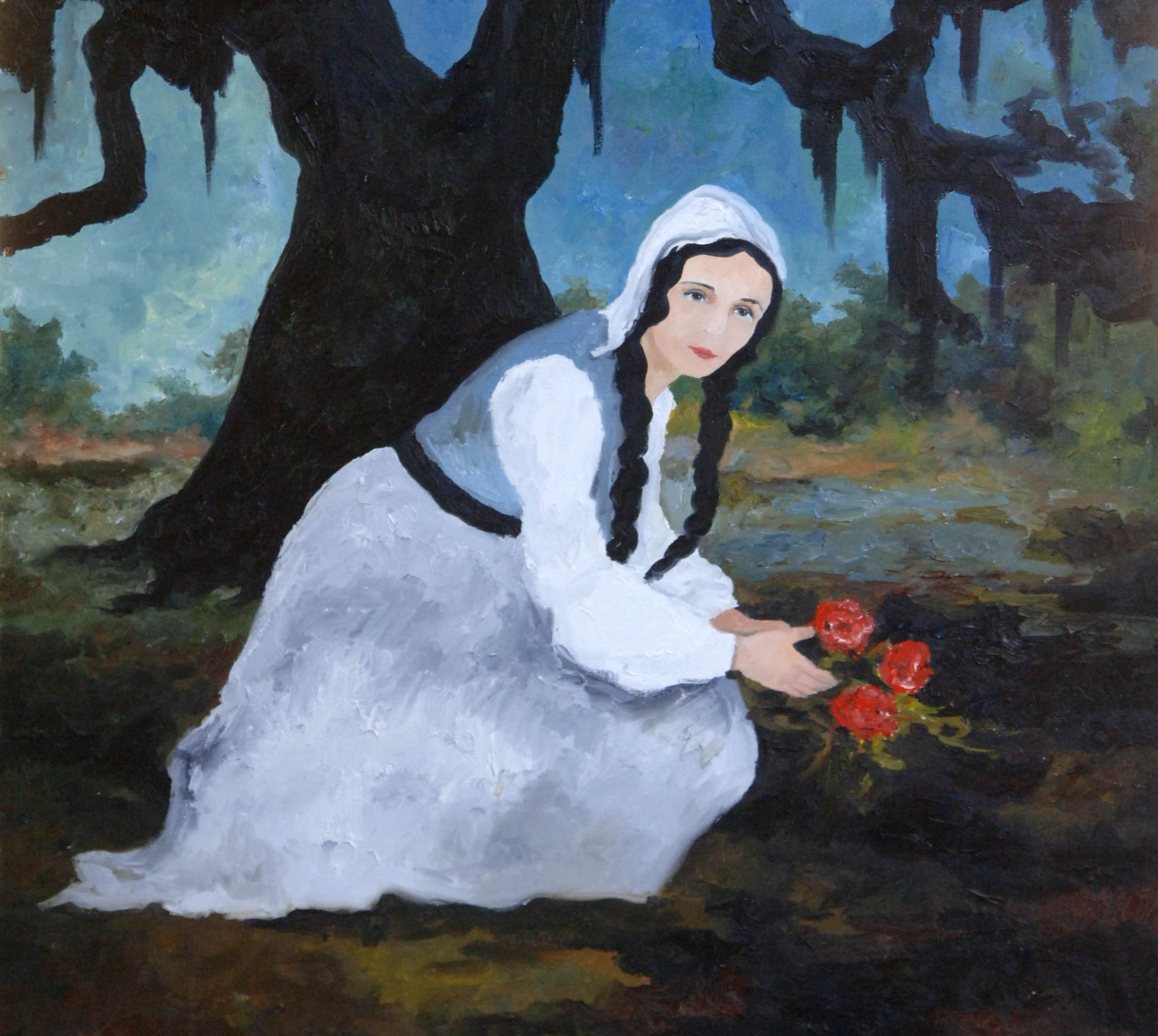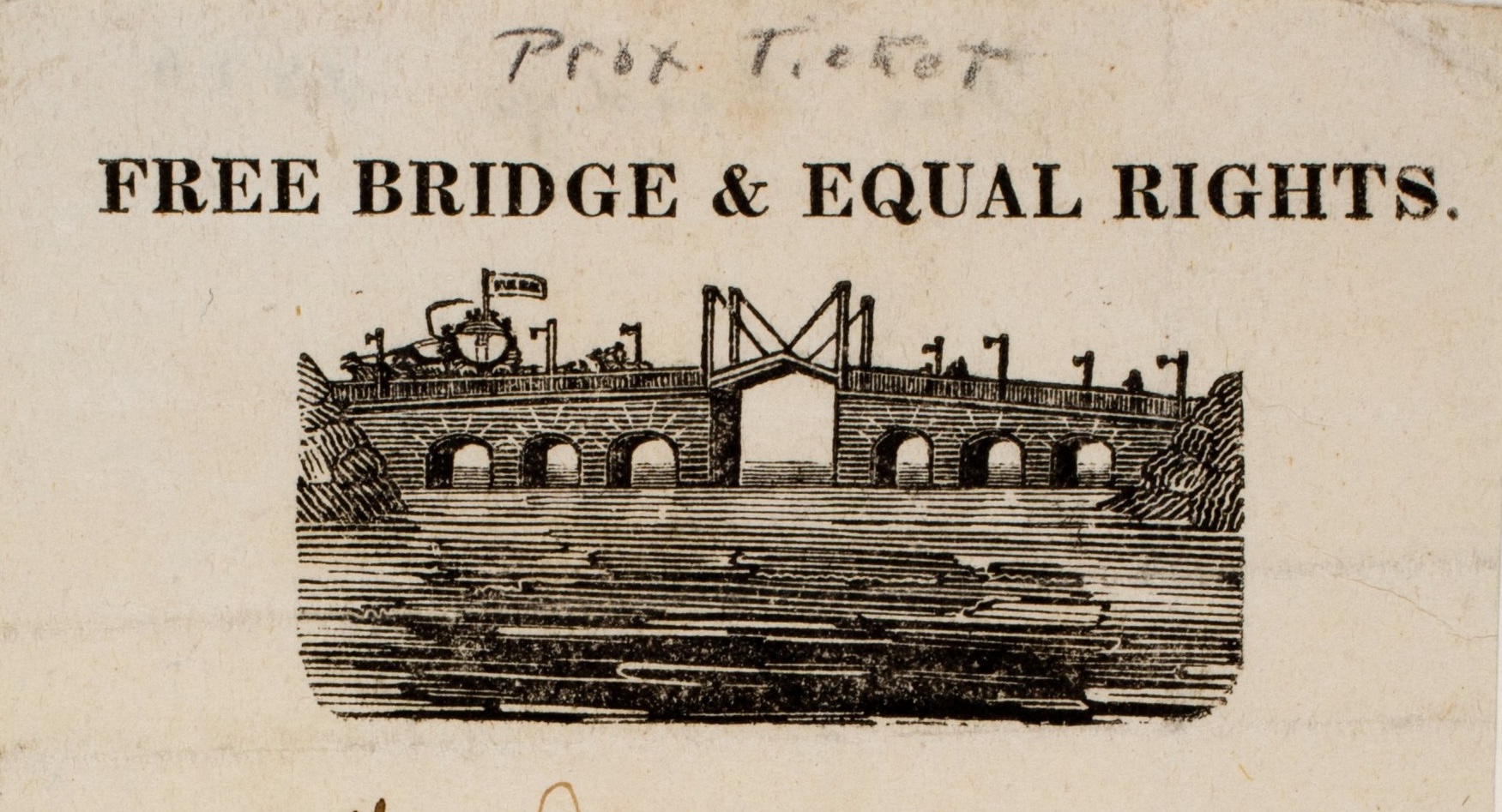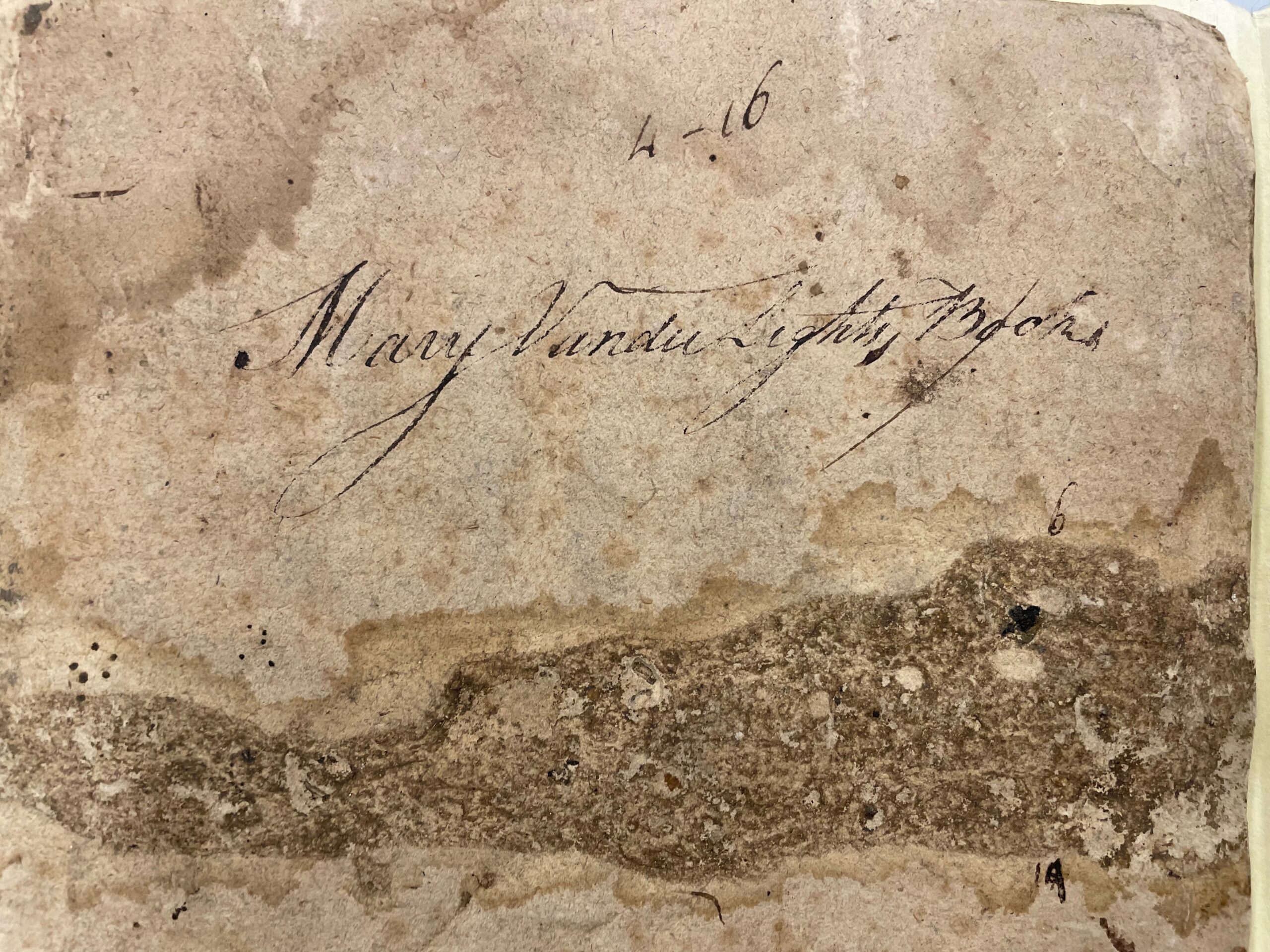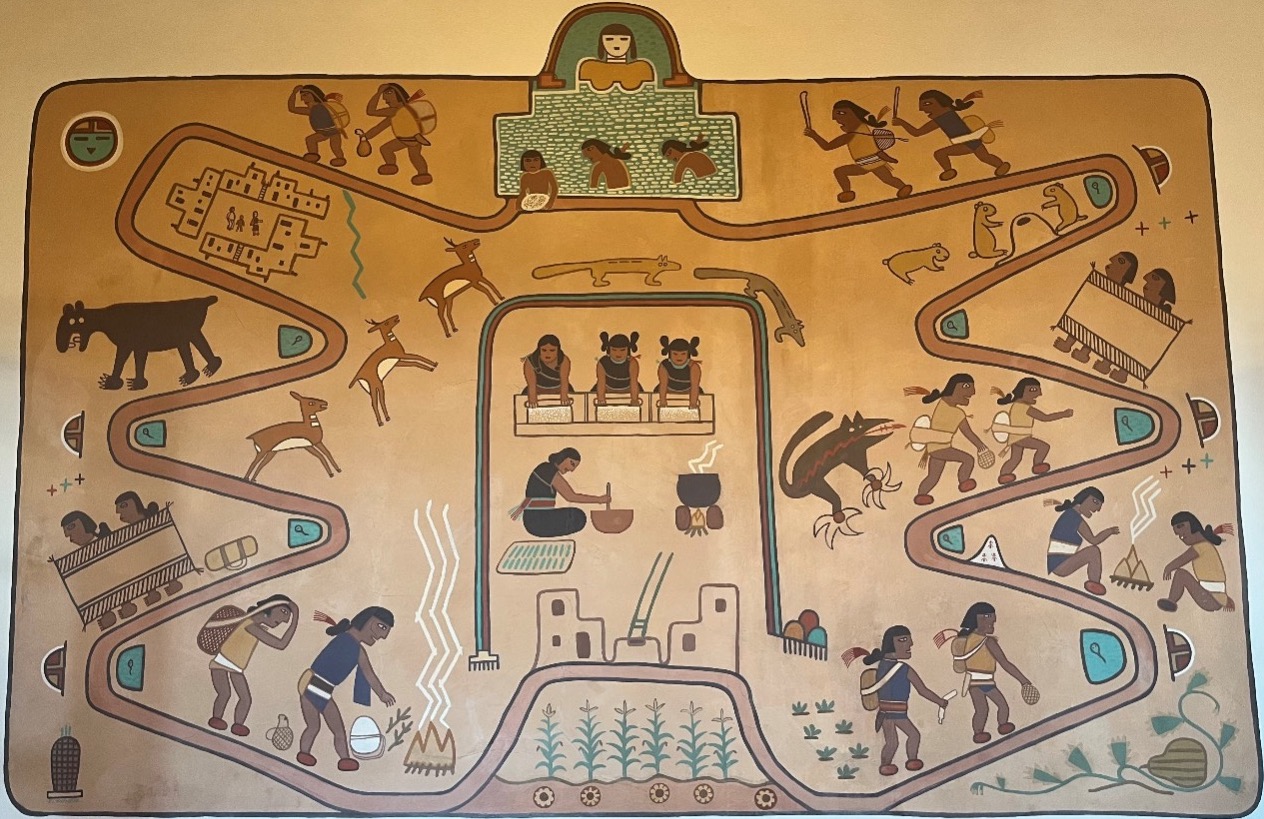Despite the fact that conservatives currently run our country, academia is one of many cultural institutions they believe is both stacked against and out to get them. “The most successful and pervasive blacklist in American history is the blacklist of conservatives on American college campuses,” writes professional ex-radical David Horowitz. Horowitz has lately been spearheading a drive to get Republican state legislatures to impose an academic “bill of rights” that would threaten professors who do not include material supporting the preexisting beliefs of conservative and evangelical students in their classes. Conservative students and faculty would get a powerful basis for claims of discrimination if they hear something they do not like or find the quality of their work or the coherence of their thinking criticized. A proposed Florida law aimed at clamping down on “dictator professors” would “give students who think their beliefs are not being respected”—like a student of mine who wanted to know how I knew the Protocols of the Elders of Zion was a fake–”legal standing to sue professors and universities.” (That dictator gag is priceless. Apparently, Hitler and Stalin had to undergo teaching evaluations and salary reviews. Who knew?)
Horowitz’s group, Students for Academic Freedom, claims to have 150 campus chapters watching out for professorial oppression nationwide. Among the most recent crimes reported on SAF’s handy Academic Freedom Abuse Centerwere “Introduced Controversial Material” and “Mocked Political/Religious Figures.” An adjunct political science professor in New York apparently “always makes fun of the President and says that he is not smart and says that certain presidents are good while others are bad.” What is the world coming to when political scientists start rating presidents? Next the historians will start telling the kids that the Indians were here first or something.
As disgustingly and literally Orwellian as it is to set up Websites devoted to academic freedom that encourage students to report their professors to the party commissar, Horowitz is probably right about one thing. Liberal Democrats really do seem to heavily outnumber conservative Republicans on most campuses, especially in the humanities and social sciences. Horowitz’s latest study of “political bias” on campus counted the voter registrations of faculty at “32 elite colleges and universities” and found the ratio was about ten-to-one over the whole sample.
I do not trust David Horowitz as far as my five-year-old could throw him, but those figures more or less track with my experience in history departments. A colleague once observed that our department was in the clear from charges of political bias because we had some Republicans. He was speaking of perhaps four or five people out of thirty-odd faculty. It is an index of the situation that such a ratio probably qualified us as a conservative department because we were only 70-80 percent liberal.
The question is, what has produced this imbalance? If there is a blacklist, I have yet to see it—maybe when I make full professor. Nor for that matter have I ever heard a job- or tenure-candidate’s party affiliation raised. Perhaps, conservatives, we might be seeing market forces at work. Nonscientist academics have one of the worst education-to-income ratios in human history, especially out here in the public sector. Perhaps people whose political values celebrate wealth are simply not interested in taking the required vow of genteel poverty?
I could go on, but let me also suggest a more substantive reason that academics, at least in my field of American history, might tend to veer left: we are members of what an anonymous White House staffer infamously called “the reality-based community.” We actually know stuff, and actual knowledge has a way of making even the most comforting and plausible conservative fantasies very difficult to accept.
Now I am writing from personal experience. While I cannot truthfully say I was ever a conservative in the present sense, believing in science and social tolerance as I have since toddlerhood (thanks, Captain Kirk), academia really did push me out of my ancestral centrist Republicanism. I was not brainwashed or politicized or intimidated as the Horowitzes of the world would probably have it—modern issues rarely came up in graduate school, and Harvard was still historiographically quite traditional in late ’80s. Nevertheless, I was exposed to certain ideas and facts that I would never have known otherwise.

Social History as Political Education: The Social Security Debate
The current Social Security debate presents a great example of an issue on which history has changed my mind. Before graduate school—and a forced march through the literature on American social history—I was one of those post-baby boomers who thought Social Security was a big crock, an outmoded boondoggle that transferred wealth from younger workers starting families to older people who did not need it, while still not paying retirees enough to live comfortably. Back in the ’80s, I was encouraged in these views by a series of articles in neoliberal magazines like the Washington Monthly, the Atlantic, and my journalistic alma mater, the New Republic. While out-and-out conservatives openly pushed privatization (much more openly than President Bush does now with his disingenuous talk of saving Social Security by taking money out of the program, the destroying-the-village-in-order-to-save-it option), the magazines I was reading often took the reasonably liberal position that some sort of smaller, means-tested old-age pension program, paid for through progressive taxation, would be greatly preferable to FDR’s universal entitlement.
What Social Security actually accomplished rarely came up in the 1980s debates, any more than it does today. That requires some knowledge of what went before Social Security and the other forms of retirement assistance that now go along with it. Here is where the facts start to cause problems.
Let us start with the basics. Until the middle of the twentieth century, becoming too old to work meant falling into dependence and poverty, and the onus for preventing this rested entirely on the family, the primary social, economic, and (in many ways) political institution of premodern times.
Most communities had poorhouses or some other form of poor relief, but these were reserved for unlucky persons who had no local relatives to care for them: widows, orphans, the disabled, and the mentally ill, in addition to the elderly. But town fathers were always concerned about keeping the poor rates low, so unattached people who might need care were often simply warned out and sent to go live or die someplace else. Benjamin Franklin sold Philadelphia’s first true institutional solution to this sort of suffering, the Hospital for the Sick Poor, as a way to save on the poor rates. David Hackett Fisher’s Growing Old in America (an early synthesis on the subject that still bears the Harvard Coop price tag from when I purchased it during grad school) provides examples of indigent old sleeping under piles of brush, foraging along the docks, and being left by the crew of a coasting vessel on an uninhabited island. Even if they did not meet quite such lonely fates, the unattached elderly, especially old women, often became social outcasts, the beggars and wise women and scary old crones who often provided needed community services but also inspired occasional spasms of community fear and disgust. It was witchcraft, baby.
Family responsibility for the elderly meant that adult children’s lives were dominated by their parents’ needs in ways we cannot even imagine today. Any number of common social arrangements and legal doctrines revolved around the imperative to concentrate power and wealth, especially power over wealth, in the hands of older people, partly to make sure that they would be supported in their declining years. Multigenerational families lived close by each other if not actually in the same house, and the elders were not there to provide free babysitting and emotional support. They were patriarchs and matriarchs wielding the authority of age. Dear Old Dad controlled the family landholdings and held tight to the power this conferred over his children as long as he decently could, with quite lax standards of decency. An eldest son might have to delay his independence and work as Dad’s underling until his forties before he finally got control of the farm. Even then he could count on having to care for his parents as long as they lived, often as a contractual condition for the son’s getting title to the land. The contracts sometimes specified exactly what food and fuel the parents were to be furnished. Youngest daughters (like Emily Dickinson) might be denied the chance to get out of the house at all if their parents required care. Most children could count on the key decisions of their lives being made for them: whether to move west or to take on debt to acquire a larger plot of land; whether to be apprenticed to a trade, or bound out as a servant; whether to be married off to a convenient relative or neighbor, and so on. While the social historians I read sometimes waxed a little nostalgic about these traditional families, they also showed what a pressure cooker of tension they could be, to the point, some suggested, of pushing young Americans toward revolution. Fischer argued that the American Revolution wrought a “revolution in age relations” that delegitimated the superior status of elders, even if their economic power lingered for a while.
While it is not clear that anything radical changed in the material lives of elderly people after the Revolution, my impression is that the traditional system of home care either broke down or never worked very well. The demand for cash relief seems to have been quite high when an opportunity presented itself. Embarking on my own research on early American political history, I was at first shocked at the countless letters that came to government officials and political leaders from destitute veterans, widows, and others begging, wheedling, or demanding pensions, the settlement of claims against the government, minor appointments that might serve as pensions, and just plain money. The Revolutionary War veteran father of one of the newspaper editors I followed pestered the government to supplement his Virginia land bounty for decades, essentially for cost-of-living adjustments. This sort of piecemeal relief seems to have taken a sizable chunk of the government’s time in the early republic, and not a few politicians came to see the American people as a pack of beasts ravening after public assistance. When Congress considered a bill to allow disabled veterans to apply for pensions in 1803, Federalist Roger Griswold saw the deluge coming: “It opened a door for every one who had received the least wound . . . to enter a claim; . . . in every case where . . . the situation of the person was disagreeable, if he was not wealthy, his neighbors would feel for him, and would recommend him to the Government, in order to be freed from the trouble of providing for him themselves.”
During the nineteenth century, demographic and economic trends combined to create a growing population of superfluous older people who commanded less respect than they used to and gradually lost both their former power and the family-based support system—such as it was—that went with it. Life expectancies rose while a greater and greater proportion of the population moved far from families and other relatives in search of wage-paying jobs in factories and offices. At the same time, the middle-class ideal of the nurturing nuclear family, focused on child rearing and mutual affection rather than economic production or the provision of social services, became more powerful, making extra members of the household, such as indigent parents, increasingly unwelcome. For the working class, there was no choice but to labor for as many years as physically possible, sometimes progressing through more menial but less taxing and less remunerative jobs, before spending the rest of their last years in penniless degradation.
By the later part of the nineteenth century, Fischer writes, old age became publicly identified as a social problem that needed to be solved. The perception was that a large surplus population of superannuated workers had developed, but no one quite knew what to do with them. Private pensions were beginning to appear in some industries, but never for the most vulnerable workers or in significant amounts. Other industrialized nations began establishing national old-age pension systems, while in the U.S. the pressure was relieved by the vast but temporary pension system for Civil War veterans and their immediate survivors. Reformers helped design some state programs, and Theodore Roosevelt, embarrassed that “even the Ottoman Turks” were getting ahead in the compassion race, pronounced the lack of provision for the elderly “a reproach to us as a nation.” However, in general the Progressive Era made little impact on the problem.
It took a world-historical crisis and Franklin Roosevelt’s deft political hand to finally remove the blocks. The Great Depression threw more than half of the elderly into dependent poverty while only an estimated 5 percent of them had access to pensions. By the mid-1930s, the Civil War pension system that had once served some two-thirds of the elderly population was mostly gone.
Driven to the political edge, the elderly became a huge constituency for many of the radical movements and crackpot nostrums that roiled the country. This was most obvious in the case of Dr. Francis Townsend’s Old-Age Revolving Pension organization, which favored a $200-per-month government pension for every person over sixty. Townsend clubs sprouted up all over the country, and national conventions full of angry gray champions were held. Dr. Townsend himself was not a threatening figure, but his movement overlapped those of Huey Long, Father Charles Coughlin, and other “radical aspirants to dictatorship” (as many critics saw them), and his followers joined many of the other groups in the failed Union Party challenge to FDR in 1936.
Social Security in its initial form was weak tea that hardly satisfied the acolytes of Townsend and Coughlin. It did not bring down these movements on its own, or even do much to alleviate poverty among the elderly in its early years, but it probably did help forestall more dire political upheavals. More important than its initial impact as a social reform was the ideological sea change Social Security signaled. It became the precedent and institutional basis for the federal government to finally take long-term responsibility for the fate of the nation’s most vulnerable citizens. FDR took one of the sticking points that had prevented a national pension system from being enacted in the past—the ideological opposition to permanent, universal poor relief—and turned it into an advantage. Call the retirement assistance “insurance,” paid for with money from a worker’s paycheck, and it became a purchase rather than charity. Make it available to all workers, rich and poor alike, and the charges of socialism and class legislation that had doomed other retirement assistance proposals were easily turned aside.
Messing with Success
With the expansions and additions that came later in the 1930s, and especially after World War II, Social Security was phenomenally successful in making the formerly chronic problem of widespread dependence and indigence among the elderly a distant memory for most Americans. The American family was relieved of much of the burden for elder care, allowing the affection-based, child-centered nuclear family, now wrongly thought of as traditional, to assume its familiar place as the normative model for American life. Ironically, the very success of Social Security allowed for a resurgence of the ideological enmity towards retirement assistance programs that had once been limited to diehard Taft Republicans. Our lives freed of any real impact from our parents’ or grandparents’ retirement needs, Americans my age and younger, few of whom knew their social history, had the luxury of fretting about whether Social Security could ever do anything for us.
Another thing I have learned as a historian is that history does not move in one direction. Despite all-universe deficits, a collapsing dollar, and many indicators of serious challenges ahead to U.S. economic and political hegemony, President Bush and his minions encourage the idea that Social Security is just like any other government agency or institution. It can be downsized and outsourced with no real impact on ordinary Americans. This attitude depends on the conviction that Social Security is not part of the basic social fabric of this country. In fact it is. Old age poverty may seem to be a problem of the past, but many parts of the United States are one crippled social program and one stock-market or real-estate crash away from a return to the bad old days. All over the Midwest, the Great Plains, Appalachia, and the South, there are aging small towns whose economies are sustained by Social Security and related assistance programs. As Princeton economist and New York Times columnist Paul Krugman recently pointed out, Social Security “is especially crucial in poor but conservative states like Alabama and Arkansas, where it’s the only thing keeping a majority of seniors above the poverty line.”
That will soon be the case in lots of other places as well. Social Security has often been considered a supplement to retirement income stemming directly from one’s employment, but these other sources are drying up. Traditional defined-benefit pensions are becoming increasingly rare, and even in industries where they were once available, plans are tanking left and right, often because their money was invested poorly. (I am sure with his impeccable track record in private business, President Bush will invest our private retirement accounts much more effectively.) At the same time, many public institutions and companies are trying to convert their employees to private annuity systems that save the employer lots of money but seem unlikely to generate anything close to the returns necessary to match the traditional pensions they replaced. Barring a stock market rally that begins immediately and continues for thirty years straight, workers are in for some distinctly nonshiny golden years (he says, weeping over his VALIC statements). People with middle-class incomes who see the writing on the wall and do not mind home-colleging their children might be able to prepare to live without some guaranteed level of benefits. But lots of American are not and will not be in that position. The day has already arrived when even middle-class retirees, far from accumulating investment income, are still trying to pay off their credit card bills.
I have read that it is a rising trend for adult children to live with their parents, partly recreating the colonial pattern of old-age provision. I suspect there are some on the neopatriarchal right who would welcome a world in which this was again the norm, where families and evangelical churches were the only social-service providers available. The rest of us might consider whether the mobility, individual freedom, and dynamism that makes modern American life possible is really consistent with that sort of system. Our kids better not plan any long stays in graduate school if they are going to support us. At the very least, we might want to start negotiating the maintenance contracts with our kids before they get too old. I have got to get the thermostat in the garret at my son Isaac’s house up to at least sixty-five degrees. And fresh sheets once a week. And no tomato juice.
Further Reading:
While I presume that much literature on the social and policy history of aging has come out in the last fifteen years, it seemed fair given the premise of this piece (and less time consuming, too), to rely on my old comps reading. Thus most of the detail above, except for the congressional debate on revolutionary pensions, comes from David Hackett Fischer, Growing Old in America (New York, 1978); Robert A. Gross, The Minutemen and Their World (New York, 1976); Philip J. Greven Jr., Four Generations: Population, Land, and Family in Colonial Andover, Massachusetts (Ithaca, 1970); Jack Larkin, The Reshaping of Everyday Life, 1790-1840 (New York, 1989); and Gary B. Nash, “Poverty and Poor Relief in Pre-Revolutionary Philadelphia,” William and Mary Quarterly, 3d ser, 33 (1976): 3-30. It is my own spin, however, so none of these authors should be blamed for my lapses. I first learned about the Civil War pension system in Theda Skocpol’s American Political Development seminar, and her book Protecting Soldiers and Mothers: The Political Origins of Social Policy in the United States (Cambridge, 1995) controversially places great interpretive stress on this lost first welfare state. To remind myself about the 1930s, I exhumed a couple of other books I have had for years: Alan Brinkley, Voices of Protest: Huey Long, Father Coughlin, and the Great Depression (New York, 1983), and William E. Leuchtenberg, Franklin D. Roosevelt and the New Deal, 1932-1940 (New York, 1963). The neoliberal case against Social Security as I knew it is summarized in Phillip Longman, Born to Pay: The New Politics of Aging in America (Boston, 1987). The best coverage of the current Social Security debate is appearing at Talking Points Memo, a blog edited by Joshua Micah Marshall, the only prominent political journalist I am aware of with a Ph.D. in early American history. I suspect he remembers his comps reading, too. The Florida “dictator professors” bill, one of several Horowitz-inspired measures around the country, came to my attention via the editor of Common-Place and a posting by the king (sultan?) of historian bloggers, Juan Cole.
This article originally appeared in issue 5.3 (April, 2005).
After a nearly three year hiatus, “Publick Occurrences” returns to Common-place with its unique historical punditry. The columnist, Jeffrey L. Pasley, a former journalist and speechwriter, teaches American history at the University of Missouri-Columbia. He is the author of “The Tyranny of Printers”: Newspaper Politics in the Early American Republic (Charlottesville, 2001), and the co-editor (with Andrew Robertson and David Waldstreicher) of Beyond the Founders: New Approaches to the Political History of the Early American Republic (Chapel Hill, 2004).



















